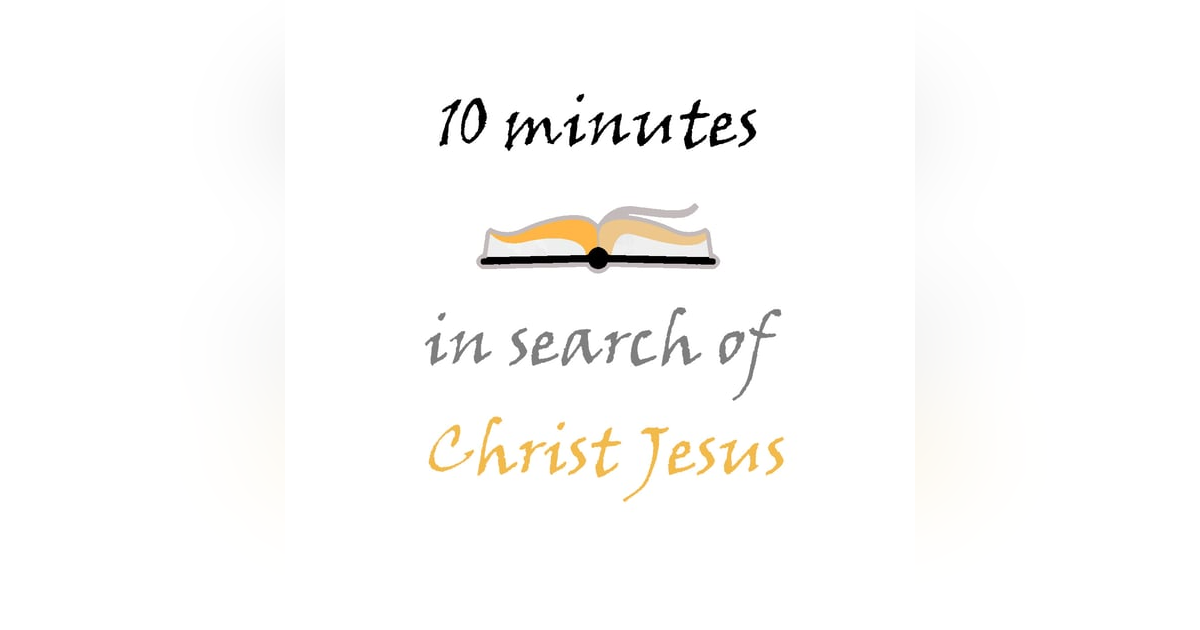Acts 3:11


Saturday, 18 December 2021
Now as the lame man who was healed held on to Peter and John, all the people ran together to them in the porch which is called Solomon’s, greatly amazed. Acts 3:11
Luke continues to describe the excitement of the healin...
Now as the lame man who was healed held on to Peter and John, all the people ran together to them in the porch which is called Solomon’s, greatly amazed. Acts 3:11
Luke continues to describe the excitement of the healing of the beggar which took place, saying, “Now as the lame man who was healed held on to Peter and John.” The idea here is not of needing support from them. He has already been shown to walk around and even leap. Luke is saying that he, now being swarmed by the multitude, does not want to get separated from Peter and John. And so, in order for that to not occur, he literally seizes them and clings onto them. The verb is a present participle. He “is clinging” to them.
The need for this becomes more evident with the next words, which read, “all the people ran together to them.” There is an excited fever of awe and wonder, and as one draws nearer so does another and another. Everyone wanted to be able to participate in the event surrounding them.
The same thing was seen when Jesus was active in His ministry. In Luke 8, for example, it says twice that the multitudes thronged Him. He was so pressed in by them that when someone purposefully touched him for healing, He was unaware of who it was. Here, likewise, the crowds are thronging these three. The beggar did not want to be separated from them, and so he steadfastly clung to them. This was “in the porch which is called Solomon’s.”
The word translated as “porch” is stoa. It refers to a portico. It is a covered colonnade, normally open on one side, where people would gather. This particular portico is known as “Solomon’s.” Charles Ellicott describes it –
“The porch—or better, portico or cloister—was outside the Temple, on the eastern side. It consisted, in the Herodian Temple, of a double row of Corinthian columns, about thirty-seven feet high, and received its name as having been in part constructed, when the Temple was rebuilt by Zerubbabel, with the fragments of the older edifice. The people tried to persuade Herod Agrippa the First to pull it down and rebuild it, but he shrank from the risk and cost of such an undertaking (Jos. Ant. xx. 9, § 7). It was, like the porticos in all Greek cities, a favourite place of resort, especially as facing the morning sun in winter.”
There, in this gathering place, it says the people who thronged these three were “greatly amazed.” The words are translated from a single Greek word found only here in Scripture, ekthambos. It goes beyond astonishment to a sense of bewilderment. Most of them were fully aware of who the beggar was. All of them were now apprised of the matter, even if they were previously unaware of him.
The name Solomon is derived from the word shalom, or “peace,” “wholeness,” or “soundness.” The giving of the name is explained in 1 Chronicles 22 –
“Then he called for his son Solomon, and charged him to build a house for the Lord God of Israel. 7 And David said to Solomon: ‘My son, as for me, it was in my mind to build a house to the name of the Lord my God; 8 but the word of the Lord came to me, saying, ‘You have shed much blood and have made great wars; you shall not build a house for My name, because you have shed much blood on the earth in My sight. 9 Behold, a son shall be born to you, who shall be a man of rest; and I will give him rest from all his enemies all around. His name shall be Solomon, for I will give peace and quietness to Israel in his days.’” 1 Chronicles 22:6-9
In one way, there was anything but “peace,” meaning quietude, in the portico that day. And yet, for the beggar who is now healed, there is a sense of completeness and peace that had never existed before. His body was formed into a state of shalom that he had never previously known.
It is with the crowd, in the state of bewildered excitement because of the miracle performed on him, that Peter will seize the opportunity to address the crowd and explain the marvel of what God had done in Christ.
Life application: The physical healing of this man is actually nothing in comparison to the healing that occurs in a sinner who has been reconciled to God through Christ. The gulf between the two was an infinite one. But God can span the infinite in Christ – the God/Man. His humanity can remove the stain of sin from the soul worn down by it. And His deity can then reach out to His Father to span the gap and form a bridge between the two.
The same sense of astonishment that filled the people of Israel at the healing of the beggar should be experienced by all who know the miracle that has occurred in each of the redeemed of the Lord. But too often, we miss the spiritual, focusing too heavily on the physical. Let us consider the glory of what God has done in our lives, and let us never fail to wonder at the majesty of the cross of Christ. Through it, there is perfect healing and total restoration for the weary soul.
Lord God, thank You for what You have done in Christ to reconcile us back to Yourself. We were sinners in need of a Savior, and through His cross we are restored. Thank You for the great things You have done for us in our lives. Amen.







